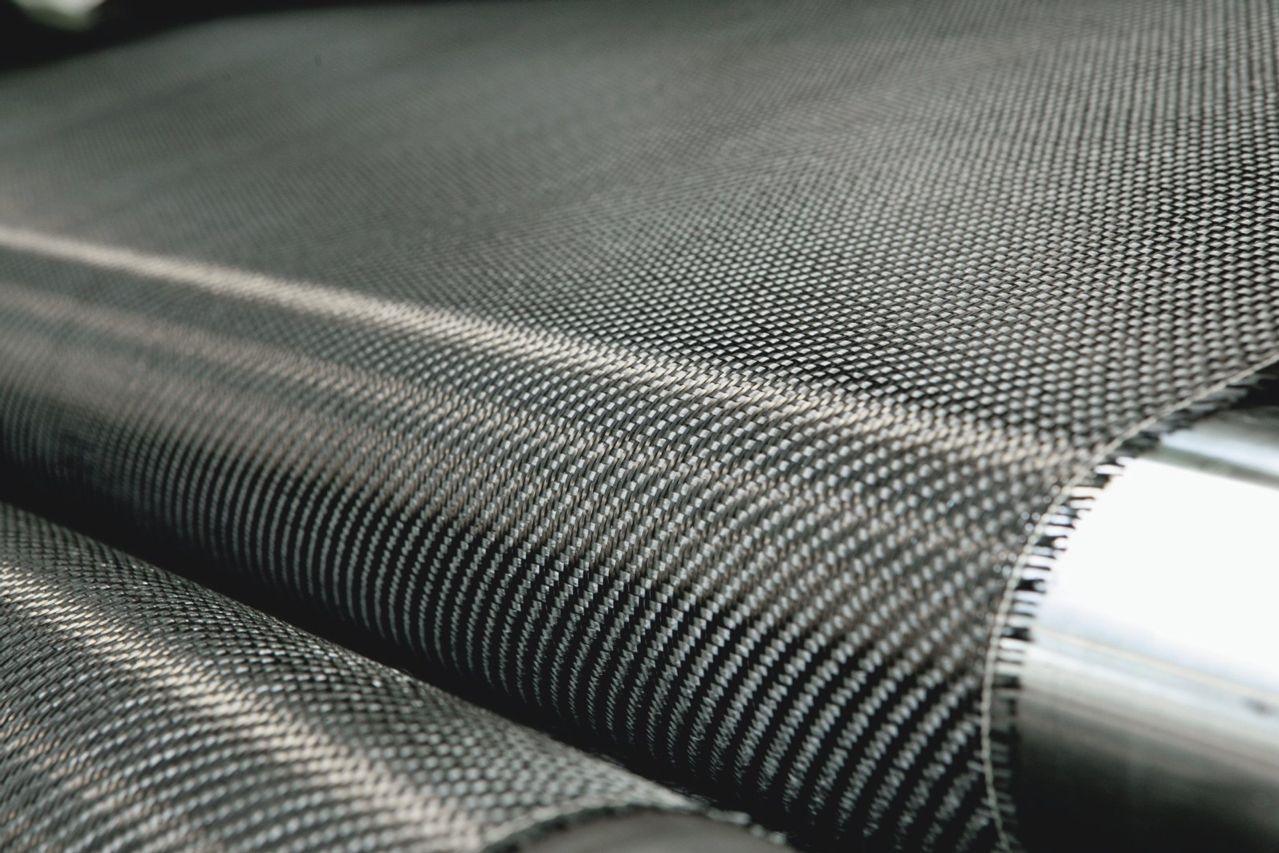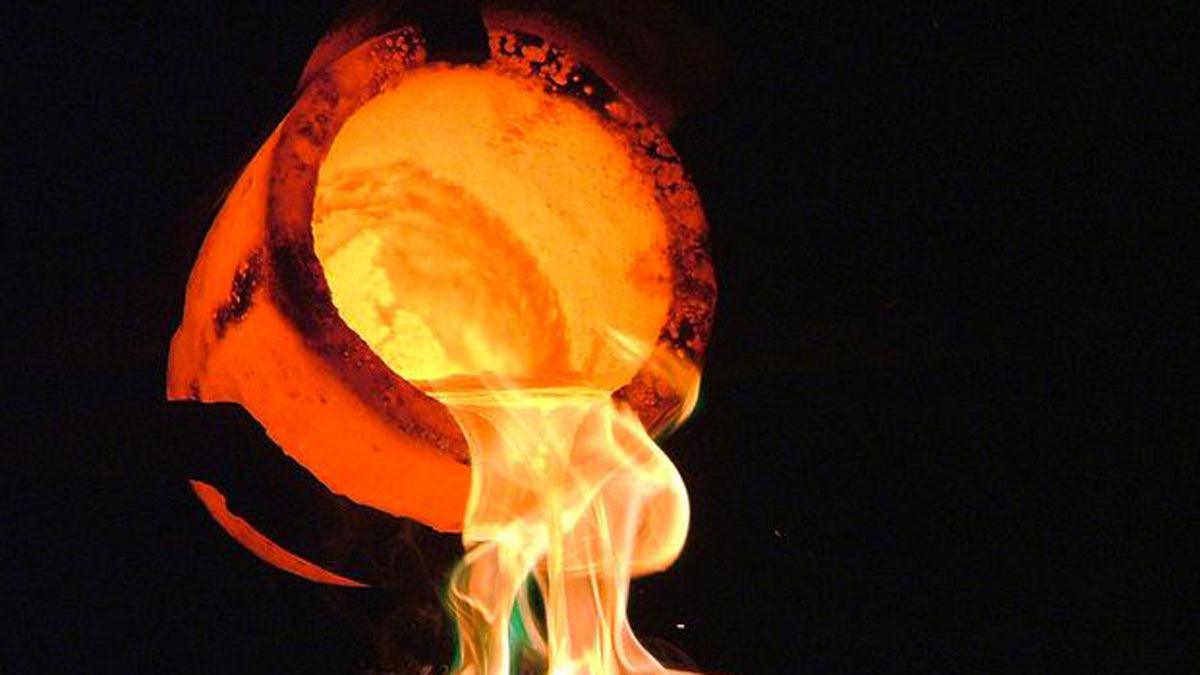Everything with this knife is excellent, really impressed with the quality overall.
This is a fantastic knife at a great price! The new rain storm finish looks even better in person and the Smuggler is such a sweet setup. And it’s American made.🇺🇸 🇺🇸🇺🇸 it’s worth every penny!
Have not used it yet.
Knife is amazing quality and the details in the finish look great. Feels great in the hand and came extremely sharp. Excited to get some use out of this knife.
I appreciate so much to have the knife blade refinished so it is better suited for more acidic foods and educational information to care for the knife. Thanks again for going above and beyond my expectations.
Harvester | CPM-MagnaCut Steel | Arizona Copper Finish









